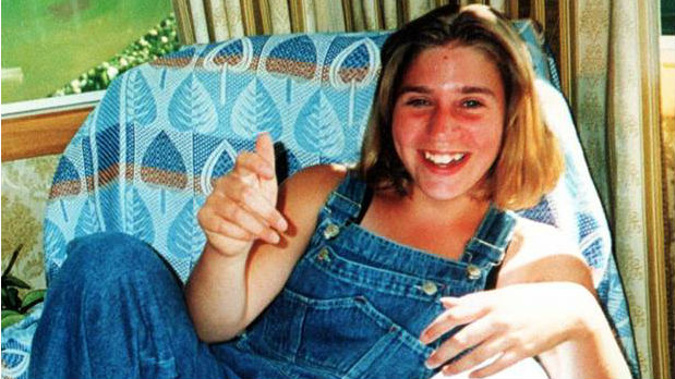
Detectives investigating the 20-year mystery of murdered Ashburton schoolgirl Kirsty Bentley are back to square one after fresh DNA tests failed to generate any new leads or suspects.
The 1998 killing of 15-year-old Bentley remains one of New Zealand's most high-profile cold cases.
The Herald revealed in December that Kirsty's underwear, along with the leash she used to walk her dog on the day she disappeared, were to be included in new tests carried out by scientists at the Institute of Environmental Science and Research, New Zealand's Crown Research Institute, in Auckland.
Detective Inspector Greg Murton, who took charge of the unsolved crime file case in 2014, had earlier told the Herald he hoped that advances in modern DNA testing techniques could help crack open the case.
But the ESR results have not returned any positive leads or lines of inquiry, Murton confirmed to the Herald today.
He says the case is still "open and being investigated" and still wants to hear from anyone with any fresh or new information.
DNA profiling — a process of identifying a specific pattern of DNA from a person or sample of bodily tissue — has revolutionised forensic science and global crime investigation.
In New Zealand, there have been several high-profile examples where DNA has nailed criminals decades after they thought they were scot-free.
In 1995, in a joint project involving police and ESR, New Zealand created the National DNA Profile Databank. It involved the collection of DNA profiles from convicted offenders and volunteers onto a central database that is matched against DNA profiles obtained from unsolved crimes in an attempt to "identify any individual that could be linked to an offence through biological material left at the crime scene".
In 2002, Jules Mikus was jailed for life after DNA evidence linked him to the savage rape and murder of Napier schoolgirl Teresa Cormack 15 years earlier.
It was also the downfall of Jarrod Allan Mangels. After a drunken Nelson night out in 2003, Mangels was asked to give a blood sample. His DNA was later found to match the DNA found on nail clippings from Maureen McKinnel who was strangled at her Arrowtown home on Boxing Day 1987 and dumped naked over the Arrow River Bridge.
The Bentley cold case file amounts to more than 70 archive boxes containing 400 folders of documents and evidence.
Over the years, hundreds of local men have been spoken to by police during Operation Kirsty, including her brother John and ex-Royal Navy sailor father Sid, whose movements on New Year's Eve were vague, and whose story later changed. Both said police treated them as suspects and vehemently denied any involvement, with Sid doing so right up to his death in June 2015, aged 64.
In 2017, Murton confirmed he was looking at double Ashburton Work and Income killer Russell Tully as a possible suspect. The former local diesel mechanic was later ruled out after Murton quizzed him behind bars and came away satisfied with his alibi.
"I just hope the killer is sweating that one day they will be caught," Kirsty's mother Jill Peachey told the Herald last year.
"I don't have a face to hate, nor a reason to assess the 'why?' One day 20 years ago, I waved a happy bye-bye to my girl and then she was gone. There's been nothing to show me what happened."
Take your Radio, Podcasts and Music with you









